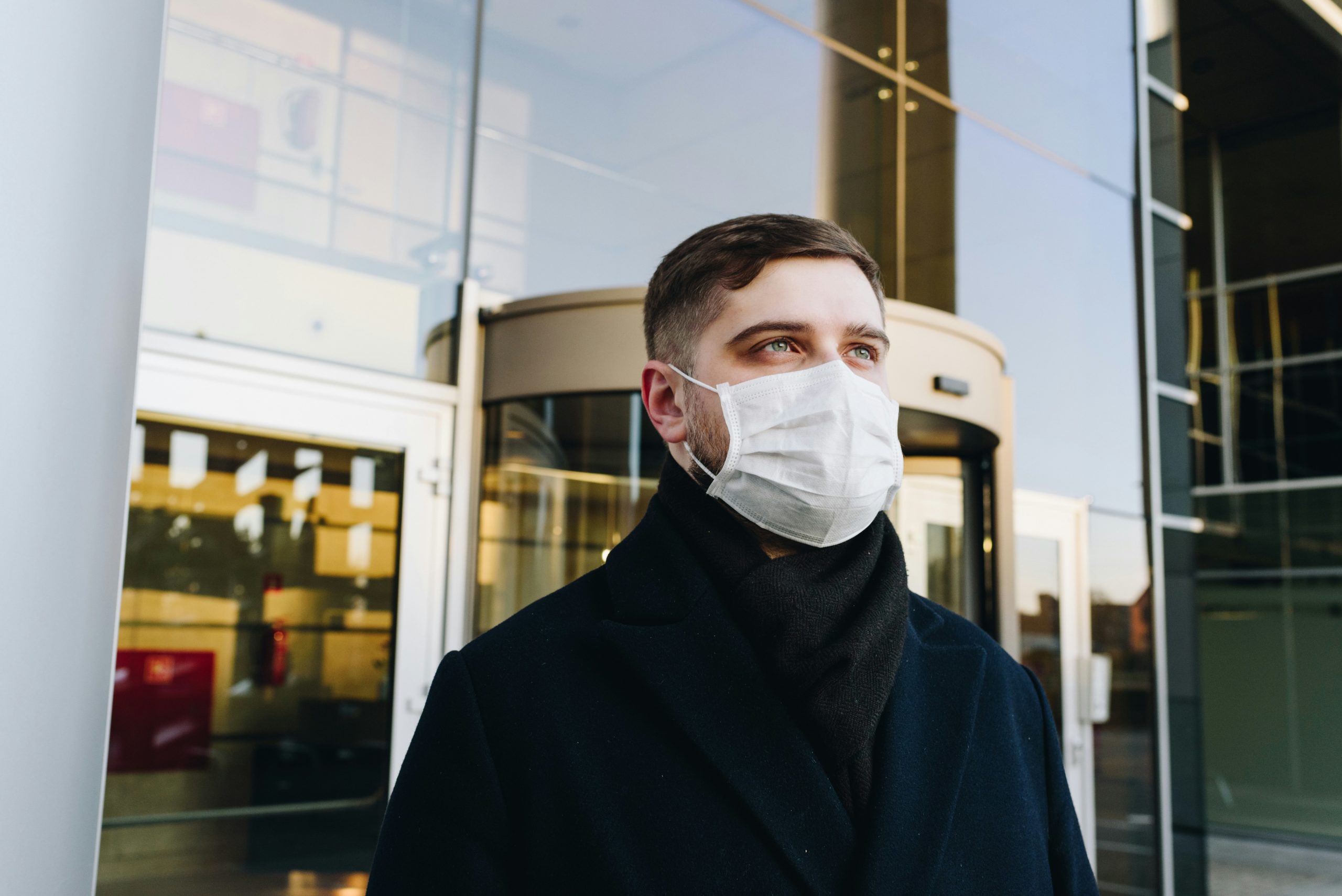In the era of the COVID-19 pandemic, face masks have become an essential part of daily life, helping to slow the spread of the virus. While masks offer crucial protection against respiratory droplets, they can also lead to a pesky skincare concern known as maskne, or mask acne.
Maskne occurs when sweat, oil, and bacteria become trapped under the mask, leading to clogged pores, inflammation, and breakouts. If you’re struggling with maskne, you’re not alone.
In this article, we’ll explore effective strategies to prevent and treat maskne, allowing you to keep your skin clear and healthy while wearing a mask.
Understanding Maskne: Causes and Triggers
Maskne, also known as acne mechanica, is a type of acne that develops as a result of friction, pressure, and heat caused by wearing a mask. When you wear a mask for an extended period, especially in hot and humid conditions, sweat and oil can accumulate on the skin’s surface, leading to clogged pores and breakouts. Additionally, the friction from the mask can irritate the skin and exacerbate existing acne lesions.
Prevention Strategies for Maskne
Preventing maskne requires a combination of proper hygiene practices, skincare routines, and lifestyle adjustments. Here are some effective strategies to keep maskne at bay:
- Choose the Right Mask: Opt for masks made from breathable, lightweight fabrics such as cotton or silk. Avoid synthetic materials that can trap heat and moisture against the skin, increasing the risk of breakouts.
- Cleanse Your Skin Regularly: Cleanse your face with a gentle cleanser both before and after wearing a mask to remove dirt, oil, and bacteria. Use lukewarm water and avoid harsh scrubbing, which can irritate the skin.
- Moisturize and Protect: Apply a lightweight, non-comedogenic moisturizer to keep the skin hydrated and create a barrier between the skin and the mask. Additionally, use a broad-spectrum sunscreen to protect the skin from UV damage.
- Take Mask Breaks: Whenever possible, take short breaks from wearing your mask to allow your skin to breathe and reduce the buildup of sweat and oil. Avoid wearing tight-fitting masks for extended periods, as they can increase friction and pressure on the skin.
- Avoid Makeup Under the Mask: Minimize the use of heavy makeup or foundation under your mask, as it can clog pores and worsen breakouts. Instead, opt for lightweight, oil-free products or consider going makeup-free while wearing a mask.
Treatment Options for Maskne
If you’re already dealing with maskne, there are several treatment options available to help clear up existing breakouts and prevent future flare-ups:
- Topical Treatments: Over-the-counter acne treatments containing ingredients like benzoyl peroxide, salicylic acid, or retinoids can help unclog pores, reduce inflammation, and promote cell turnover. Apply these treatments to affected areas as directed by a dermatologist.
- Spot Treatments: For individual blemishes, spot treatments containing ingredients like sulfur or tea tree oil can help dry out pimples and reduce redness. Apply a small amount directly to the blemish before bedtime and rinse off in the morning.
- Professional Treatments: If maskne persists despite home remedies, consider seeking professional help from a dermatologist. Treatments such as chemical peels, microdermabrasion, or laser therapy can help improve skin texture, reduce acne lesions, and prevent scarring.
- Prescription Medications: In severe cases of maskne, a dermatologist may prescribe oral medications such as antibiotics, hormonal therapies, or isotretinoin to target underlying causes of acne and prevent future breakouts.
- Skincare Adjustments: Review your skincare routine and make adjustments to accommodate the needs of acne-prone skin. Look for gentle, non-comedogenic products that won’t clog pores or exacerbate breakouts. Avoid harsh scrubs and abrasive ingredients that can irritate the skin and worsen inflammation.
Lifestyle Tips for Managing Maskne
In addition to skincare treatments, certain lifestyle adjustments can help manage maskne and promote overall skin health:
- Stay Hydrated: Drink plenty of water throughout the day to keep your skin hydrated and maintain optimal skin barrier function.
- Eat a Balanced Diet: Consume a balanced diet rich in fruits, vegetables, lean proteins, and healthy fats to support skin health and reduce inflammation.
- Manage Stress: Practice stress-reducing techniques such as meditation, yoga, or deep breathing exercises to lower cortisol levels and minimize stress-related breakouts.
- Get Adequate Sleep: Aim for 7-9 hours of quality sleep each night to allow your skin to repair and regenerate, reducing the risk of breakouts and inflammation.
- Change Your Mask Regularly: Wash reusable masks frequently and replace disposable masks as needed to maintain cleanliness and prevent bacterial buildup.
Conclusion
Maskne can be a frustrating skincare concern, but with the right prevention strategies and treatment options, it’s possible to keep your skin clear and healthy while wearing a mask. By choosing breathable masks, practicing good hygiene habits, and adjusting your skincare routine to accommodate acne-prone skin, you can minimize the risk of breakouts and maintain a radiant complexion. If maskne persists despite home remedies, don’t hesitate to seek professional help from a dermatologist, who can offer personalized treatment options to address your specific needs.
FAQs
Q1: Can wearing a mask cause acne?
Yes, wearing a mask can lead to acne, particularly if the mask traps sweat, oil, and bacteria against the skin, leading to clogged pores and breakouts.
Q2: How can I prevent maskne while wearing a mask?
To prevent maskne, choose breathable masks made from lightweight fabrics, cleanse your skin regularly, moisturize and protect with non-comedogenic products, take mask breaks when possible, and avoid wearing heavy makeup under the mask.
Q3: What are the best treatments for maskne?
Treatment options for maskne include topical treatments containing benzoyl peroxide or salicylic acid, spot treatments with sulfur or tea tree oil, professional treatments like chemical peels or laser therapy, prescription medications, and skincare adjustments to accommodate acne-prone skin.
Q4: How long does it take to see results from maskne treatments?
The timeline for seeing results from maskne treatments varies depending on the severity of the acne and the chosen treatment method. Some treatments may produce noticeable improvements within a few weeks, while others may require several months of consistent use.
Q5: Can maskne cause scarring?
In severe cases, maskne can lead to scarring, particularly if the acne lesions are inflamed, picked, or squeezed. It’s essential to avoid manipulating acne lesions and seek professional treatment to prevent scarring and minimize long-term skin damage.



